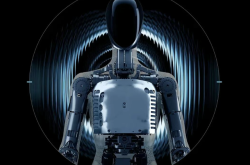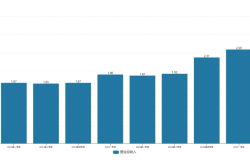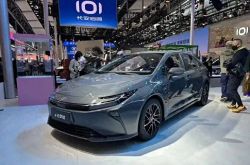Perspective on the Joint Venture 2.0 Era from the Guangzhou Auto Show: Some Forge Ahead, While Others Struggle in the Cold
![]() 11/25 2025
11/25 2025
![]() 439
439
Who is putting in the most effort at this year's Guangzhou Auto Show? Surprisingly, it might not be the emerging new forces in the automotive industry, but rather the joint venture brands that were once considered on the decline. This year-end automotive extravaganza serves as a litmus test for the transformation of joint venture brands. Some have made a robust comeback through localized innovations, while others continue to flounder in the icy grip of a market downturn. This stark contrast marks the beginning of a counterattack in the Joint Venture 2.0 era, with the industry landscape undergoing a profound reshuffle.
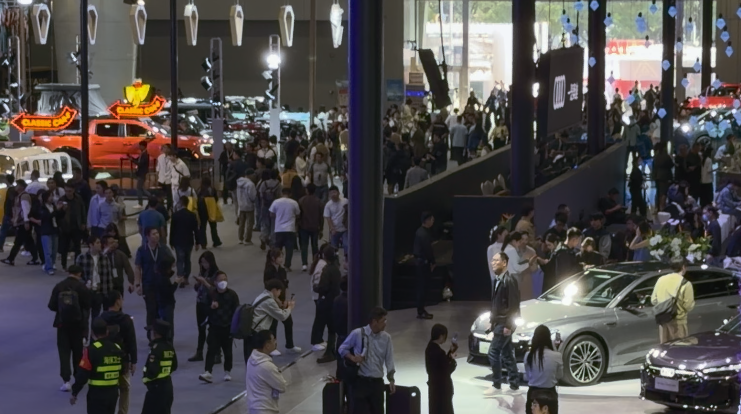
From 'Global Synchronization' to 'China Customization': The Evolution of Joint Venture 2.0
In the past, 'global synchronization' and the promise of an 'authentic experience' were the hallmarks of joint venture vehicles, with the Chinese market primarily acting as a passive recipient of overseas, mature products. However, the core dynamics of the Joint Venture 2.0 era have undergone a seismic shift: Chinese users and joint venture brands have swapped roles, and Chinese innovation is now poised to empower the global market in reverse.

This transformation is palpable at the Guangzhou Auto Show: Dongfeng Nissan swiftly launched the N6 following the strong monthly sales of the N7; GAC Toyota's Platinum Wisdom 3X (BZ3X) has surpassed 10,000 monthly sales, and the Platinum Wisdom 7 (BZ7) is equipped with a HarmonyOS cockpit and seamlessly integrated into the Xiaomi ecosystem; Buick unveiled a new generation of intelligent electric products, such as the Zhijing L7 (Ultium L7) and aristocratic family (Shijia); SAIC Volkswagen introduced the ID.ERA new energy sequence, with its first extended-range SUV targeting the '9 Series' flagship market... These new energy products are no longer mere adaptations of overseas models but are meticulously crafted to cater to the driving habits and intelligent needs of Chinese users.
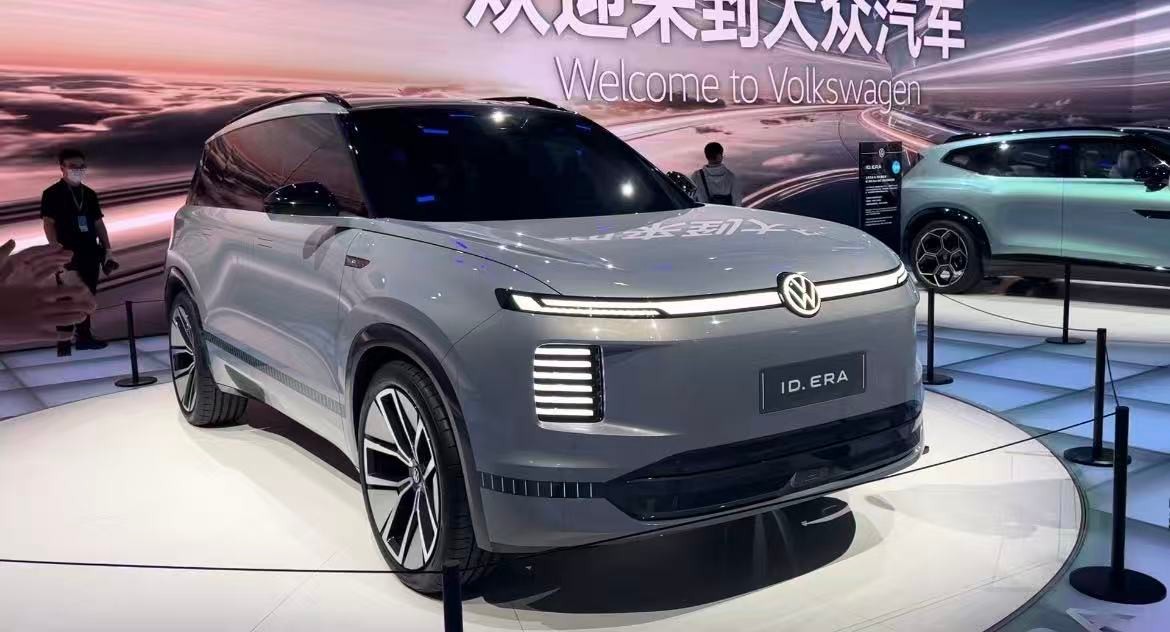
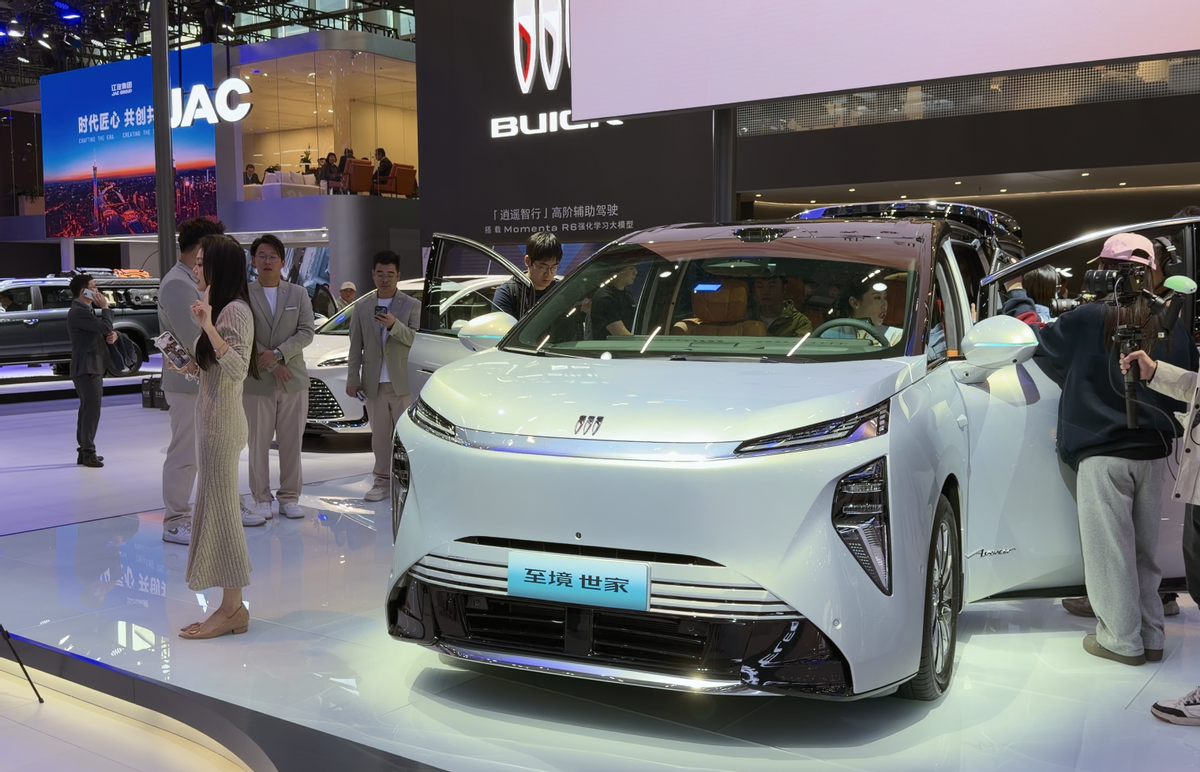
The transfer of dominance is even more pivotal. Historically, research and development, as well as decision-making for joint venture brands, were predominantly led by foreign entities. Now, China's intelligent sector is at the forefront globally. Leading joint venture brands are actively embracing change: the Platinum Wisdom 7 (BZ7) has partnered with Huawei, Xiaomi, and Momenta; SAIC Volkswagen has integrated local technology solutions from Horizon Robotics and Huawei, infusing their products with intelligent genes by constructing a localized ecosystem in China.
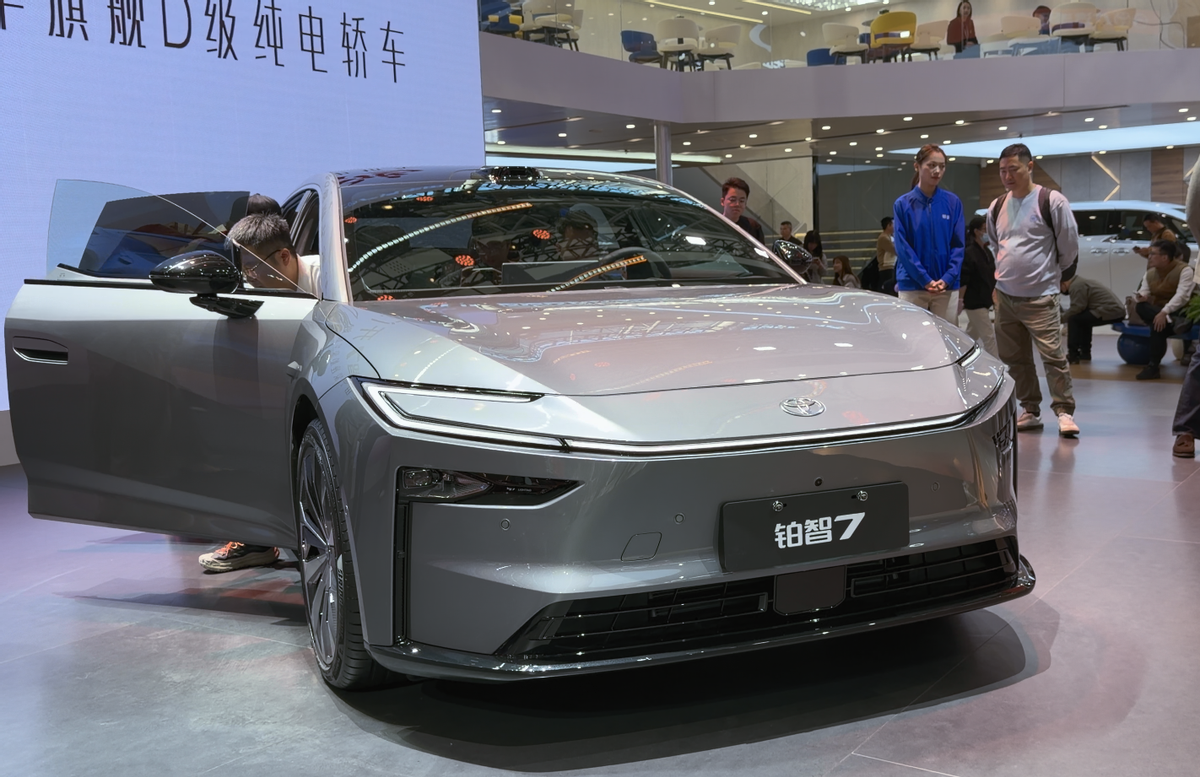
Dual Focus on Gasoline and Electric Sectors: The 'Breakthrough Strategy' for Joint Venture Brands
Facing the dual challenges of new energy transformation and intense competition in the existing gasoline vehicle market, many mainstream joint venture brands have adopted a 'two-pronged approach,' raising the banner of 'integrated intelligence for both gasoline and electric vehicles' to achieve a comprehensive breakthrough.
In the new energy sector, exemplified by GAC Toyota and Dongfeng Nissan, these brands are either deeply collaborating with local technology brands or independently developing core technologies to swiftly launch new energy products that cater to the Chinese market's demands, thereby transforming into Joint Venture 2.0 through a new energy vehicle-first strategy. Models like the Dongfeng Nissan N7 and Toyota Platinum Wisdom 3X (BZ3X) have already achieved remarkable sales figures and garnered consumer recognition.
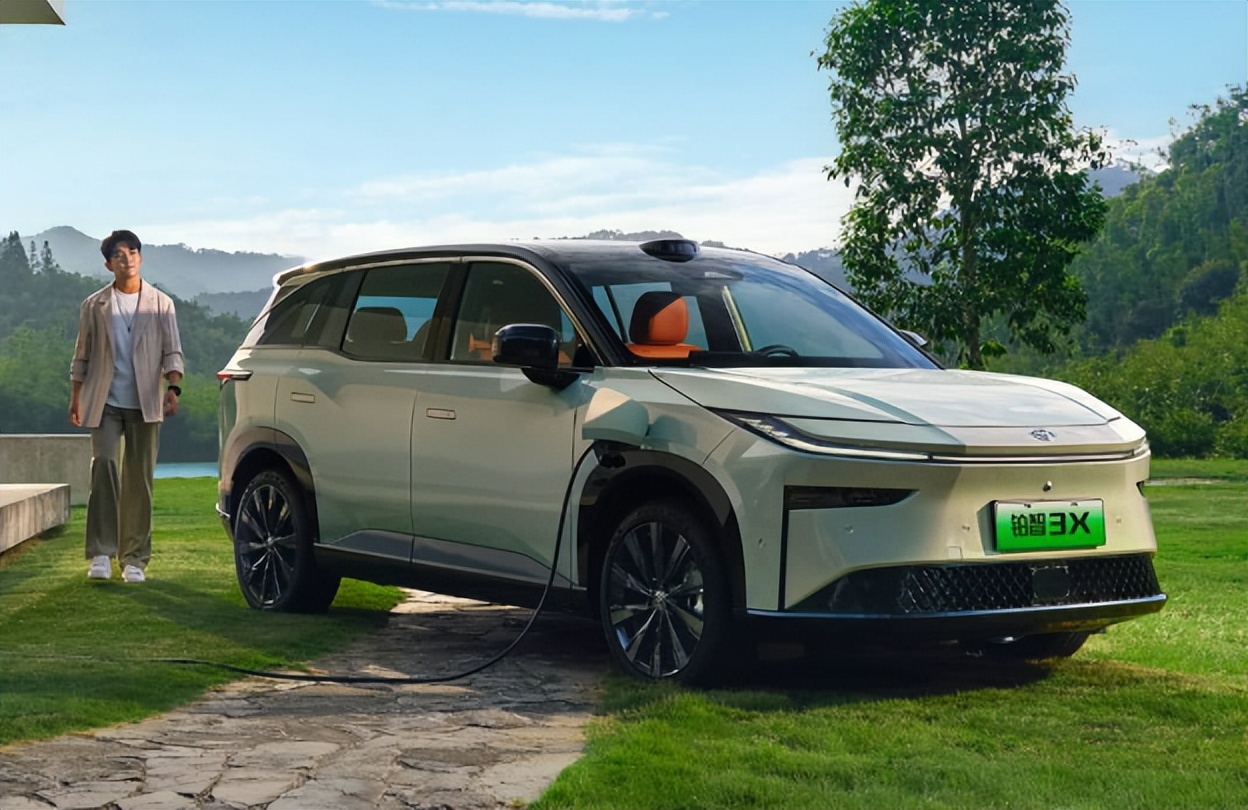
In the gasoline vehicle sector, more joint venture brands are extending their lifespan through intelligent upgrades: the Nissan Teana, equipped with a HarmonyOS cockpit, starts at 129,900 yuan, significantly enhancing its cost-effectiveness; GAC Toyota's new Wildlander incorporates a domain control architecture; SAIC Volkswagen has comprehensively upgraded its PRO models; FAW-Volkswagen has integrated IQ.Pilot into five models; General Motors has collaborated with Momenta to bolster its intelligent driving capabilities... The strategy of 'integrated intelligence for both gasoline and electric vehicles' is also a hallmark of the Joint Venture 2.0 transformation era. This approach enables joint venture brands to maintain market competitiveness even in an environment where purchase tax subsidies are dwindling.
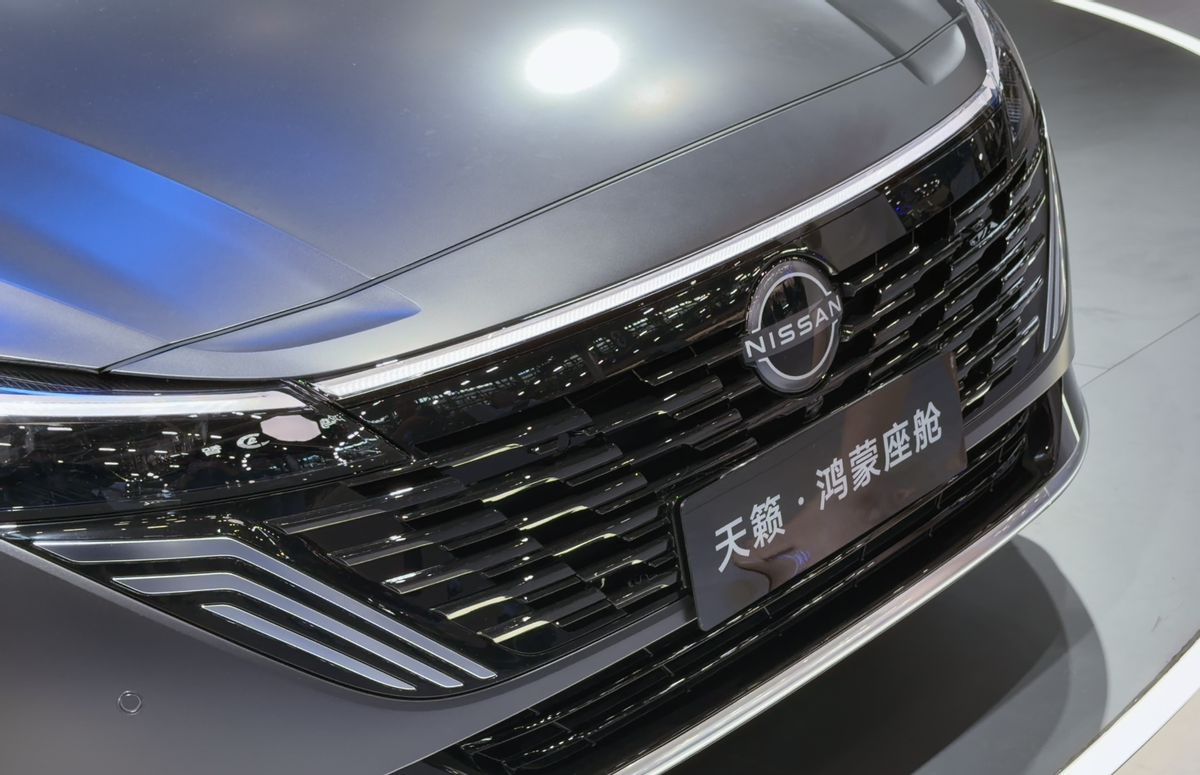
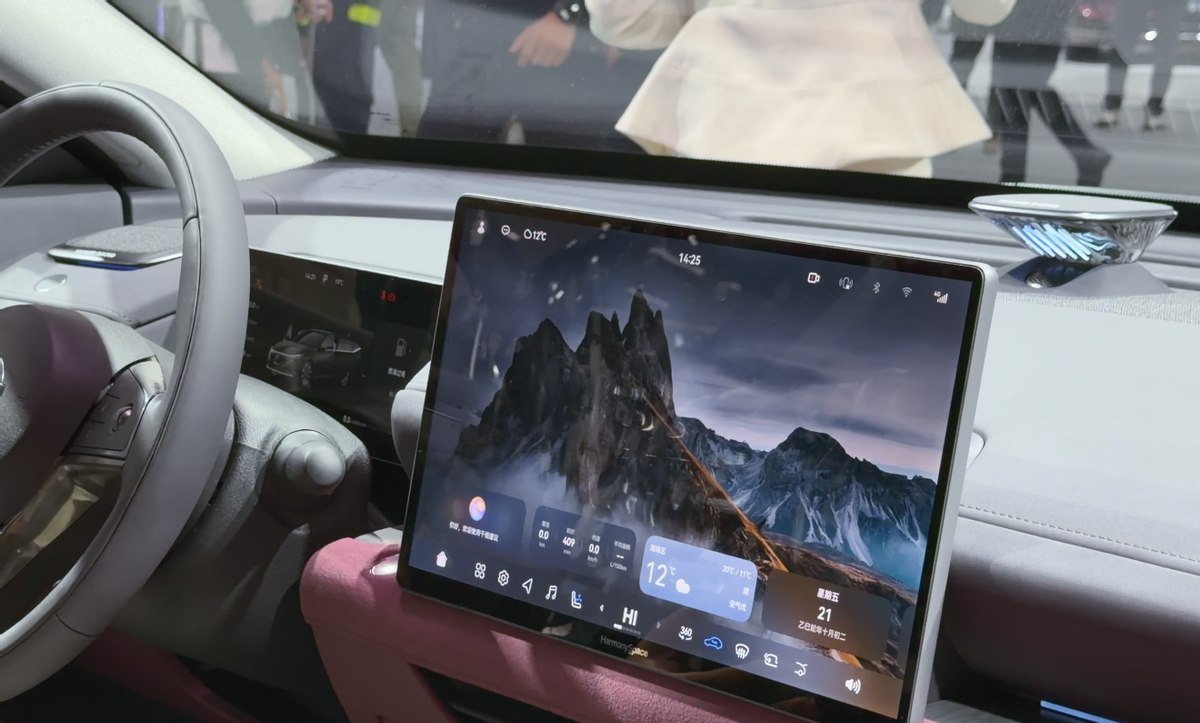
Clash of Extremes: The 'Life-or-Death' Struggle in the Transformation Race
Of course, not all joint venture brands can keep pace with the transformation. The 'uneven heating' at the Guangzhou Auto Show already foreshadows industry differentiation. Leading brands such as Toyota, Nissan, Volkswagen, and General Motors have garnered significant attention through their proactive transformations, with crowds flocking to their booths; in stark contrast, Honda, once a dominant force, appears desolate, highlighting the stark disparity. Behind this clash of extremes lies a gap in transformation attitudes and speeds: some brands are willing to actively shed their 'foreign halo' and deeply integrate into the Chinese market and technology ecosystem; while others still cling to traditional thinking and fail to promptly respond to user demands for intelligence and localization.

The era has already provided a clear answer: only by descending from their pedestals and genuinely meeting the needs of Chinese users can brands survive in the fierce market competition. What consumers seek is never just a mere 'joint venture name' or 'intelligent gimmick' but products that seamlessly blend global standard quality with the lifestyle of the intelligent era.
2026 Outlook: Who Will Prevail in the Joint Venture Transformation Race?
Judging from the performance at the Guangzhou Auto Show, the counterattack in the Joint Venture 2.0 era has officially commenced. By 2026, as competition further intensifies, the differentiation among joint venture brands will become even more pronounced. Those who can continuously cultivate the Chinese market and truly comprehend user needs will emerge victorious in this transformation race. What are your thoughts? Share them in the comments section.


